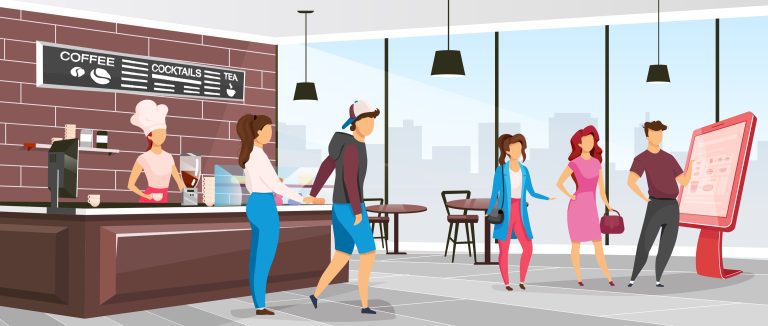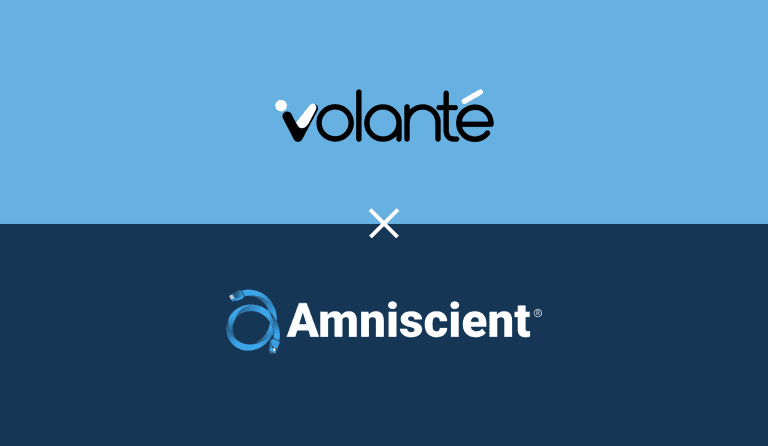[vc_empty_space]According to McKinsey Management Consultants, “Since the onset of the pandemic, more than 75 percent of customers have changed their buying habits.” Buyers’ demands and priorities have shifted, showing that value, convenience, and purpose all play a role in the products and services they choose. This change in buying behavior has also led to a shift in customer loyalty -punctuating the need for businesses to have robust loyalty strategies.
A strong loyalty program boosts your brand sales 15% – 25% annually, both through increased average check sizes and through more frequent customer visits.
As buyer behaviour continues to shift, what is next to come from loyalty programs? How can you continue to maximize your ROI on loyalty and encourage use? Most importantly: how do you ensure your loyalty program doesn’t fade into the forgotten?
Here are some tips on keeping your loyalty program relevant and functional:
- Customer segmentation
Customer segmentation allows you to group customers based on similarities that they share. If you have you ever received a mass marketing email with an offer that did not pertain to you, or was not of interest to you in any way, you’ve experienced alack of customer segmentation.
Customer segmentation can be based on any data point that you’re collecting withinyour loyalty program: geographic location, preferred items, spending threshold, religion, age, customer tenure, and more. You could even group customers together who share the same name or birthday. It all depends on the data you are collecting and what customers are inputting as part of your loyalty program.
Through segmentation, you can deliver personalized, unique, valuable offers to customers as opposed to generic ones that they may not enjoy or capitalize on. It helps you to interact and understand your customers on a different level, and makes themfeel personally connected with your brand and food offerings.
- Breakage and inactivity
The best kind of loyalty program is one that customers are actively using. Members of your program must be engaged and invigorated by the program, or your offers will go stagnant and customers will become inactive. “Breakage” refers to members who don’t redeem points or who aren’t aware that the points exist, leading to point expiration. McKinsey offers the following advice to avoid breakage:, iake it easy to redeem points and rewards.
- Use targeted e-mail or include points balances on receipts so customers are aware of their eligible rewards
- Provide additional uses for points, such as charitable donation
- Enhance your loyalty program with bonuses and special offers
- Partnerships and incentives
Building alliances with other organizations to deliver and optimize your loyalty program is a great way to enhance the rewards and benefits that you can offer. It also helps build strong relationships with other businesses. With strong rules and governance around the management of joint loyalty programs, the benefits to your guests can be vast. If you choose to go this route, make sure all the program benefits and rules are clearly outlined so that customers know how and where their rewards apply.
The best metric on the success of your loyalty program is engagement. Make sure you’re analyzing your reporting data to see how many people are actively subscribing to, using, and redeeming with your loyalty program. If you want to learn more about loyalty,reach out to us at sales@webmarketersa146.sg-host.com or click here.[vc_empty_space]
Shannon Moyes
Director of Business Development – Volanté Systems




